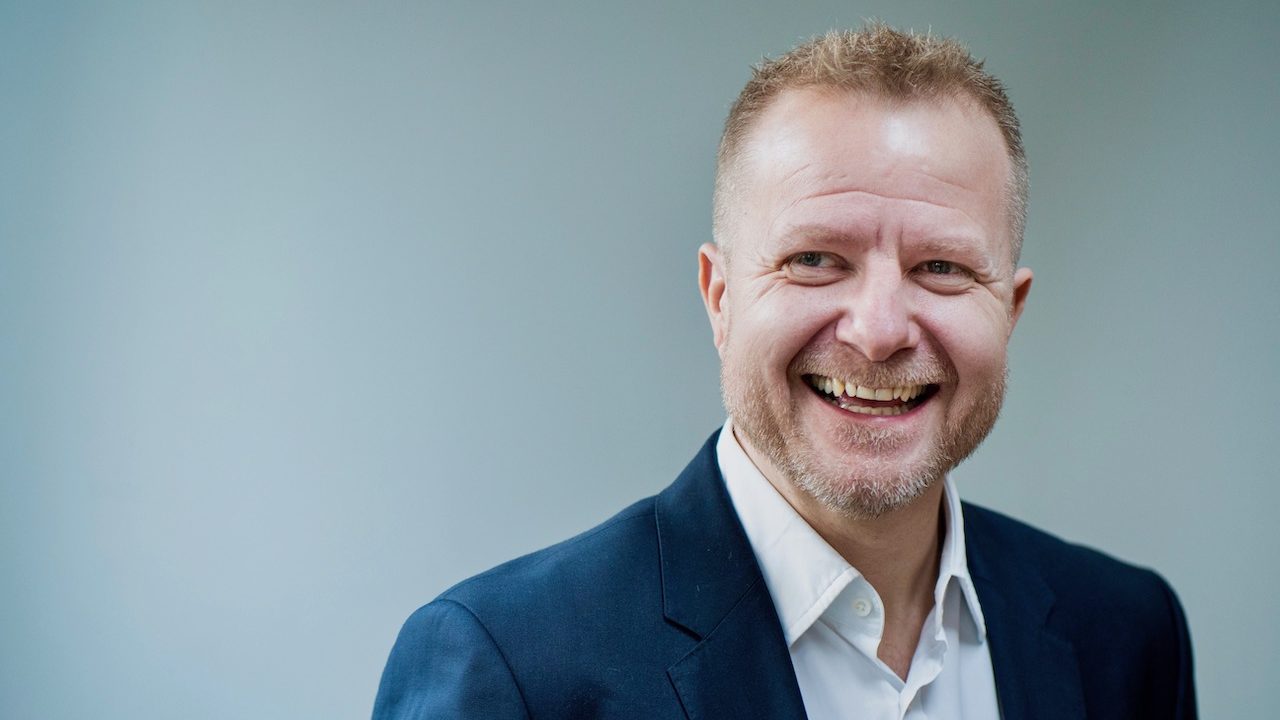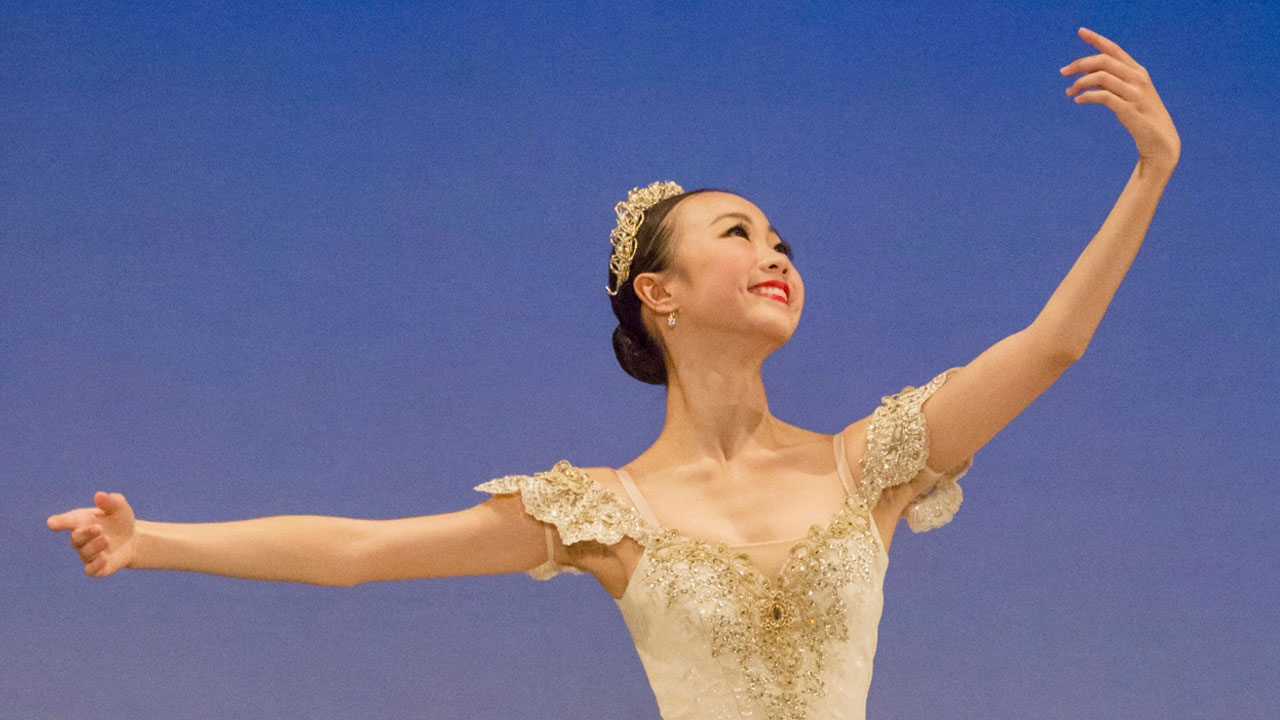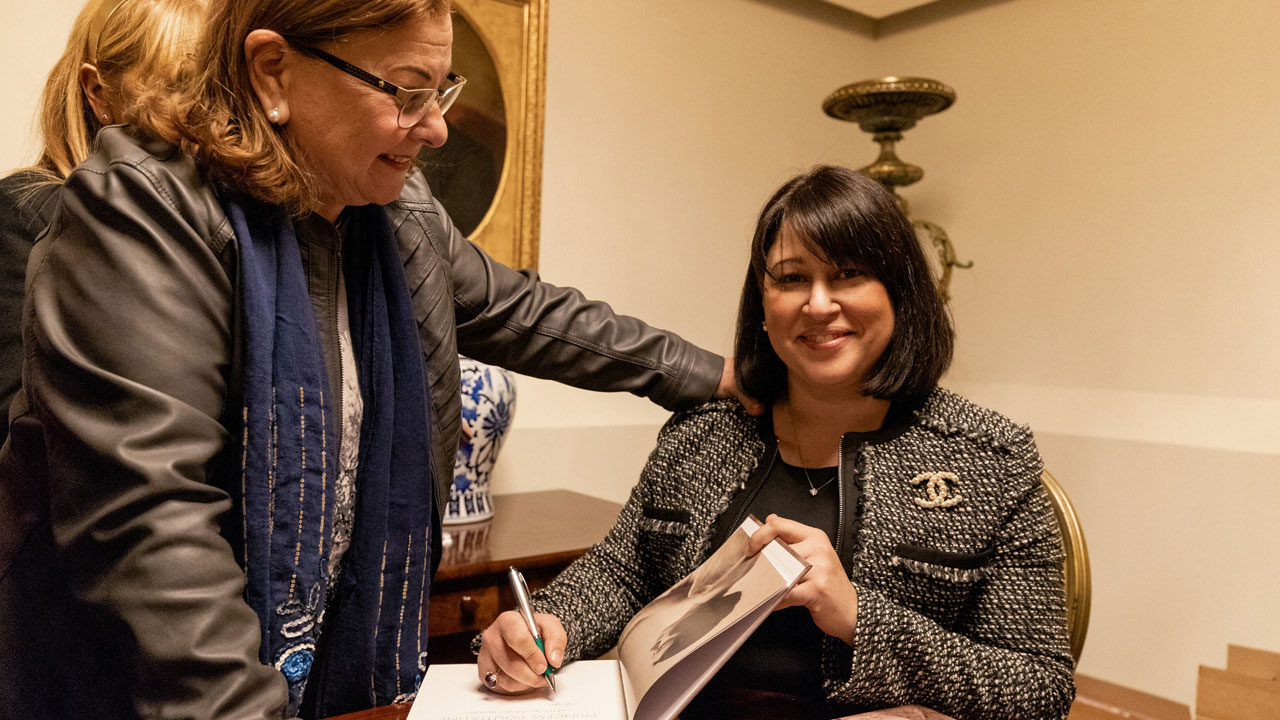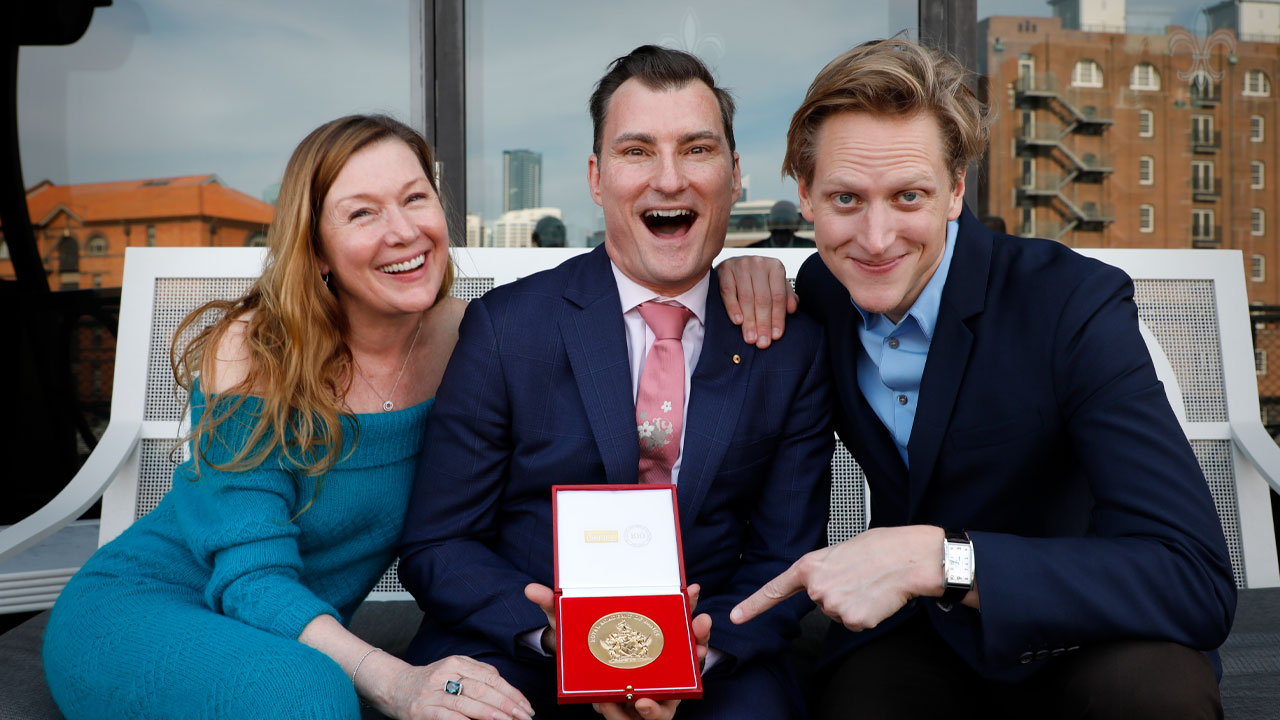What came first: dance or athletics?
I started dancing when I was two. Mum took me along to ballet class and I did tap, ballet and modern for about 10 years. I loved it. I didn’t experience competition until I was at primary school, and was quite shy and was never confident. But I loved sports day and the fact that you could win or lose – I enjoyed that element of competition. It was how I got more involved in athletics – it was black or white, no grey areas.
How do you deal with winning and losing?
Even when I win, I’m very critical of myself. It’s part of being of an athlete, you’re always looking to do better. I’ve always been prepared to fail, but we don’t really prepare athletes for success. At Rio in 2016, I became a double paralympic champion, I was a world record holder, it should have been the happiest time of my life. I felt relief that I’d actually done it, but didn’t enjoy it. It felt good for five minutes, but I then felt very unfulfilled. I’d always felt like a mentally very strong and resilient person, but was suddenly spiralling into having mental health issues. It completely took me by surprise. People think, when you’ve achieved something you’ve dreamt of your whole life, that you should be happy and grateful. I felt very isolated. I completely lost myself and it took 18 months for me to become even a shadow of myself again. Even now, I’m not the same person.
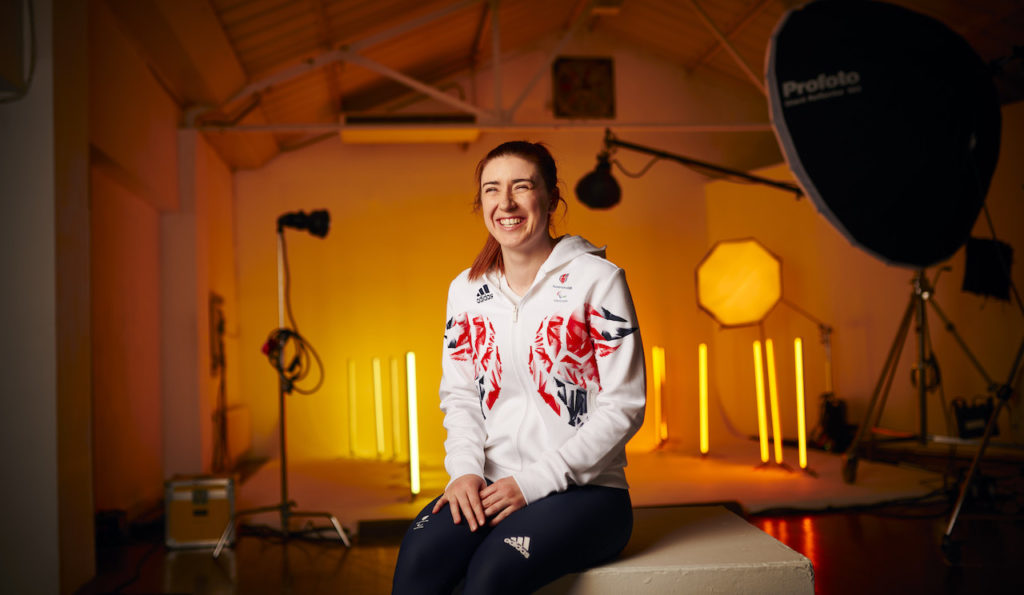
How did you enjoy Dancing on Ice?
For me, ice skating is ballet on ice. When I did Dancing on Ice it was so good for me. I was terrible – but had a new-found appreciation for dance. The ice dancers are incredible. You’ve got the logical structure of training and preparation, but you’ve also got the whole artistic and performance side. Since starting athletics I’d never gone back to dance, so it was awe-inspiring. Blind people don’t necessarily have good spatial awareness, and I’m no good at facial expressions, so I knew [professional ice dancer] Mark Hanretty was nervous about working with me. We had a really good conversation: I said, I’m an athlete, I’m very coachable. We absolutely clicked, I completely trusted him and I wasn’t going to let anything get in my way.
What difference has your guide dog, Hatti, made to you?
It took me a while to decide to get a guide dog. I was getting very bored with explaining to everybody that I couldn’t see very well and asking if they could help me. I hated using a cane. Hatti gives me confidence: that I can go anywhere and not be judged, because all people want to do is stroke her. Disability can be awkward for other people – having Hatti there makes people more comfortable and feel that they can ask me any questions they want. Hatti’s an amazing dog, she’s been there through a lot of ups and downs.
Why does dance matter to you?
Dance is an expression of yourself, it gives you a sense of freedom. I’m terrible at dancing – but I do like to have a little dance in the kitchen!

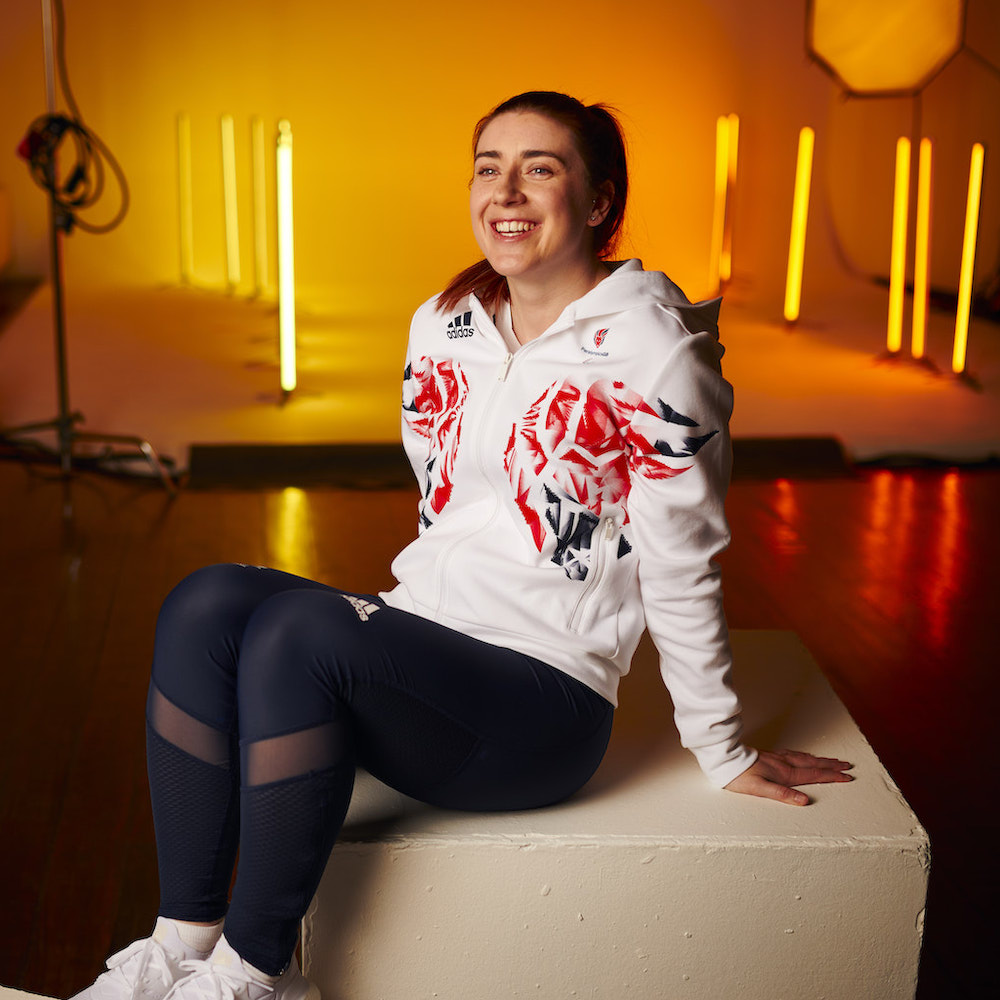
Why Dance Matters
Why Dance Matters is a new podcast from the RAD – a series of conversations with extraordinary people from the world of dance and beyond. We hope these insightful personal conversations – hosted by David Jays, editor of Dance Gazette – will delight and inspire you.
Our new season includes Carlos Acosta, American opera star Joyce DiDonato and RAD teacher Barbara Peters. Please listen and subscribe to Why Dance Matters.

